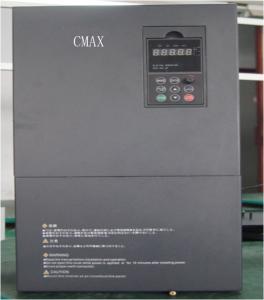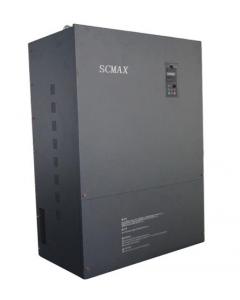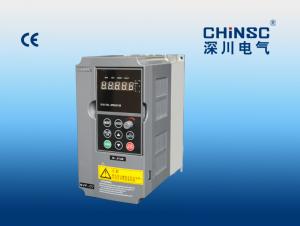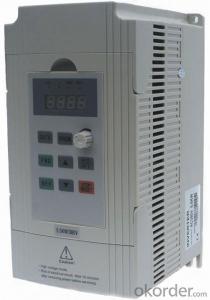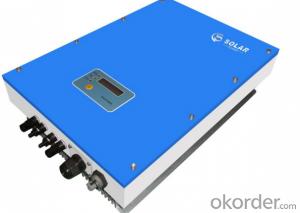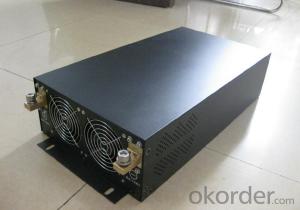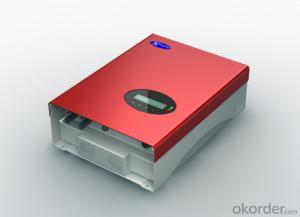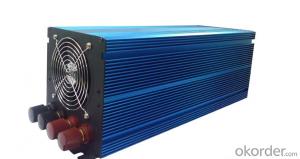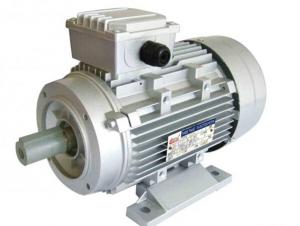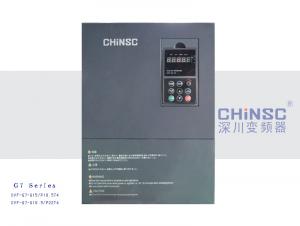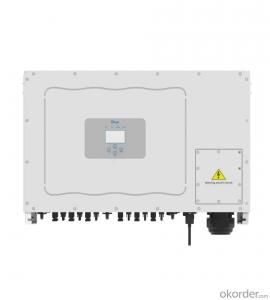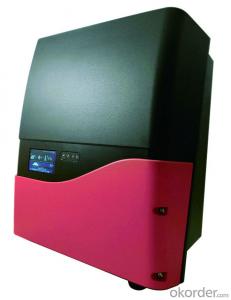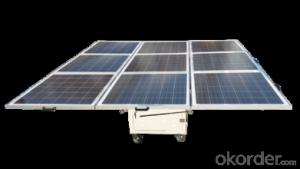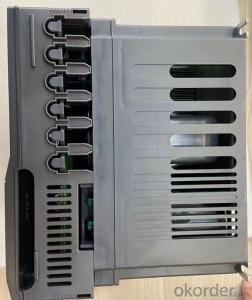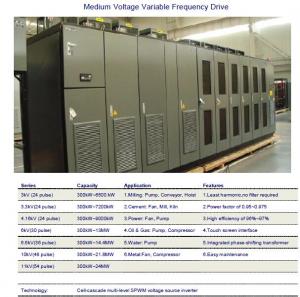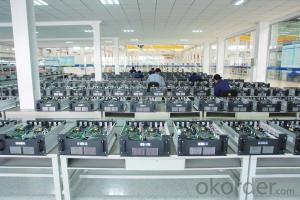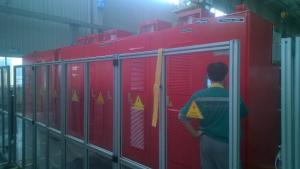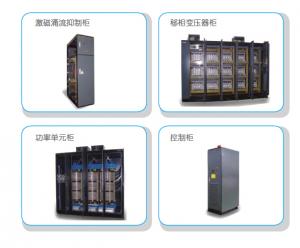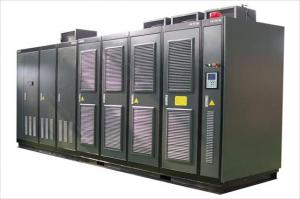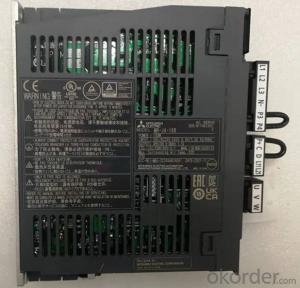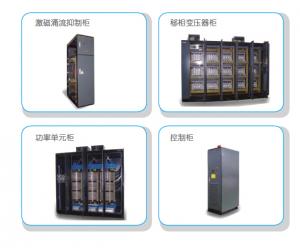3 Phase Solar Battery Inverter
3 Phase Solar Battery Inverter Related Searches
3 Phase Solar Inverter 3 Phase Solar Power Inverter Solar 3 Phase Inverter 3 Phase Inverter Solar Solar Power 3 Phase Inverter Solar Inverter 3 Phase 3 Phase Solar Hybrid Inverter 3 Phase Hybrid Solar Inverter 3-Phase Solar Inverter 3 Phase Solar Pump Inverter Three Phase Solar Inverter 3 Phase Solar Micro Inverter Hybrid Solar Inverter 3 Phase Best 3 Phase Solar Inverter China 3 Phase Solar Inverter Solar Edge 3 Phase Inverter 3 Phase Solar Inverter Price Abb 3 Phase Solar Inverter Solar 3 Phase Inverter Price 3kw Solar Inverter 3 Kilowatt Solar Inverter 3kw Inverter Solar 3 Mppt Solar Inverter 3kva Solar Inverter 3kv Solar Inverter 3ph Solar Inverter 3 Kva Solar Inverter Solar Inverter 3kva Solar Inverter 3 Kw 3kw Solar Hybrid Inverter3 Phase Solar Battery Inverter Supplier & Manufacturer from China
The 3 Phase Solar Battery Inverter is a crucial component in solar energy systems, designed to convert the direct current (DC) generated by solar panels into alternating current (AC) that can be utilized by homes and businesses. These inverters play a vital role in ensuring the efficient operation of solar power systems, as they manage the flow of electricity and maintain a stable output.The 3 Phase Solar Battery Inverter is widely used in various applications, including residential, commercial, and industrial settings. It is particularly beneficial in areas where grid-tied solar systems are installed, as it allows the excess energy generated by solar panels to be fed back into the grid. This not only helps in reducing electricity bills but also contributes to a cleaner and more sustainable environment. Additionally, these inverters are used in off-grid systems to store energy in batteries for use during periods of low sunlight or at night.
Okorder.com is a leading wholesale supplier of the 3 Phase Solar Battery Inverter, offering a comprehensive range of products to cater to the diverse needs of customers. With a large inventory and a commitment to quality, Okorder.com ensures that customers have access to reliable and efficient inverters at competitive prices. Their extensive selection and excellent customer service make them a trusted source for solar energy enthusiasts and professionals alike.
Hot Products
